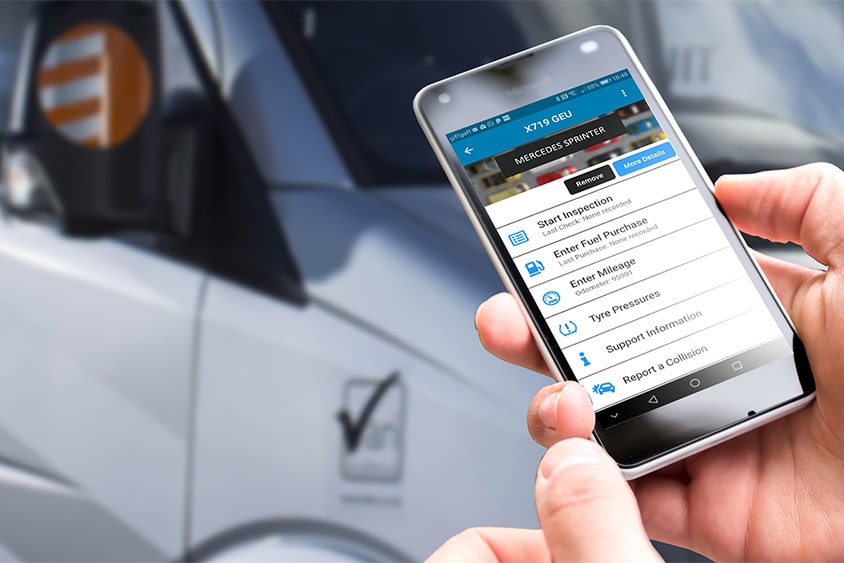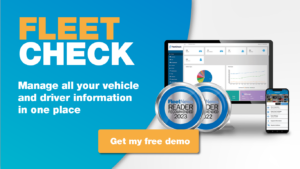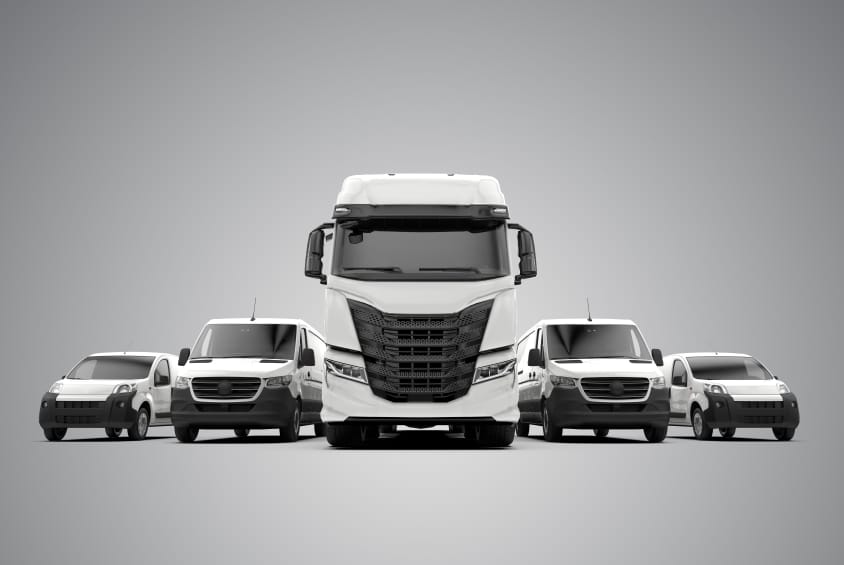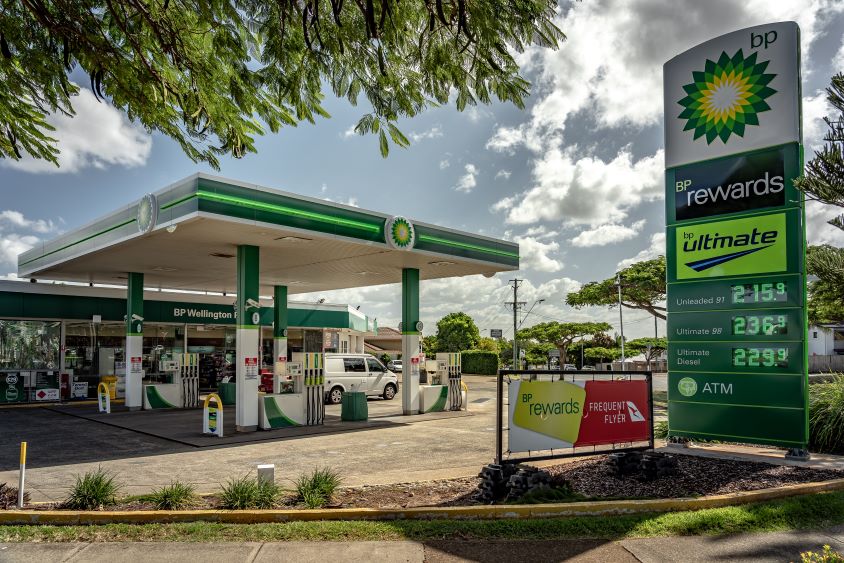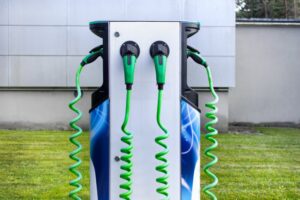This is the second in a series of articles written with our partners at FleetCheck to help business owners and managers understand their legal requirements around managing staff that drive for work.
Vehicle roadworthiness is one of the biggest challenges for fleets today. It’s an issue that the police and DVSA are taking increasingly seriously, with regular compliance stop events across the country where vehicles are checked. There are various clues that giveaway poorly maintained vans and so these stops typically have a very high hit rate (often between 80 – 90%), and the offending vehicles are usually found to have more than one fault.
In addition, government statistics show that, approximately a third of cars and half of vans fail their MOT test at the first attempt. Policies and procedures that promote regular vehicle checks and ensure they are in a safe, legal and well-maintained condition are therefore essential.
This means regular checks of tyres, windscreen, lights and fluids, and this process is especially important for high mileage drivers. Vehicles should be maintained within manufacturer guidelines and any faults rectified immediately.
Vans and other commercial vehicles should all receive a full pre-use daily check with a written defect report. If a safety-critical fault is found, the vehicle must not be allowed to be used until the fault has been rectified.
Tyre failure is one of the biggest causes of incidents on high-speed roads and, therefore, one of the biggest causes of disruption to thousands of other drivers while the incident is cleared.
Many companies don’t have a system in place for daily pre-use vehicle safety checks, and many that do struggle to ensure drivers carry them out properly and report safety critical faults such as worn tyres, cracked windscreens or broken lights. This means that if one of your drivers gets stopped, it can be glaringly obvious that the vehicle hasn’t been checked for weeks, or even months. In other cases, the system falls down when drivers do highlight faults but they aren’t rectified promptly.
Consequences of unroadworthy vehicles for drivers and business owners
Failure to implement a robust vehicle defect management system can lead to a number of problems.
First, the police are likely to pin the blame for unroadworthy vehicles on the driver in the first instance. Multiple faults can easily rack up enough points to see the driver’s licence being revoked meaning you now have to find a replacement driver, plus the vehicle will be off the road while the faults are fixed.
Second, multiple failures on the same vehicle, or stopping more than one vehicle in the same fleet, could quite easily lead the police to suspect a systemic management failure that warrants further investigation, meaning more disruption and stress for you.
Why you need a robust vehicle defect management system
Regular checks are essential to maintain the safety of the vehicle but, if your business owns its vehicles, they are also essential to maintain their value when they reach the end of their useful life in the business. If you lease the vehicles, then poor maintenance could result in penalty chargebacks at the end of term.
A good vehicle defect management system should include:
- Guidance to car and van drivers on what checks are required
- A procedure for reporting defects
- A procedure for rectifying defects
- Ensuring regular service and maintenance is carried out on time
- Prompt resolution for any MOT advisory notes
The limitations of MOT testing for vehicle safety
Be aware that an MOT test only checks for basic defects, and does not guarantee the safety of a vehicle. It is also only a snapshot of the vehicle’s safety on that particular day – it does not mean the vehicle is safe to use until the MOT expires.
It is also important to pay attention to MOT advisory notes as these will often highlight where items such as tyres or brakes are very likely to need replacing for the next inspection. Replacements need to be scheduled in good time so the van isn’t being used when it has become unsafe.
The worrying thing about MOT failures is that these faults were found on the day the driver knew the vehicle would be tested. If the driver fails to do a proper check on test day, it’s highly unlikely the vehicle has been checked very often during the rest of the year, if at all.
Safety checks for new vehicles
Remember also that, while drivers who are always in the same vehicle may be familiar with what needs checking and when, drivers new to a vehicle may not be.
Drivers should be encouraged to formally check and report on the condition of any vehicle given to them for the first time, especially if it has been bought pre-used or transferred from another person within the company.
The driver is entitled to expect the company to fix any issues such as worn tyres, damaged windscreen, or faulty lights immediately as these are safety issues for which the driver could be penalised if stopped by the police.
If you would like more information on how to manage a safe and compliant fleet, check out our FleetCheck service here.

